- Learning time
- 30 minutes
- First play time
- 80 minutes
Chocolatl
Designed by: Günter Burkhardt
Chocolatl sees the players competing to be the best chocolatier in the age of the Aztecs. It’s a game of reasonably simple rules and the game is structured around blind bidding – where everyone bids face-down, before revealing simultaneously.
Each round is made up of several smaller bidding rounds. They are structured to tell the ‘story’ of chocolate being made, but really that theme amounts to no more than the picture on the board; the game is all about the bids. Players have bidding cards valued from zero to 12, and in each bid two cards are placed face-down by all players and then simultaneously revealed.
The first bid is for the Chocolate Man – he breaks ties in your favour for the duration of this round, whereas the lowest bidder gets the old man, who hampers you by taking a point off your subsequent bids. The second bid (cacao beans) is simply for points (the top three bidders pick up points for dice that are rolled at the start of the round), the third bid (the city) gives the winner a choice: a tile that adds +1 to all bids, or a one-use only die that you can use to bump up a single bid (after the winner bidder has chosen from the city, the second-highest bidder gets whatever is left).
The fourth bid is the pyramid – helping build it (putting a cube on the board) gives you both instant points and game-end points. The fifth bid (cooking) is for points again, with the lowest bidder losing points, and the sixth and final bid for bidding cards. There are two available in each round with values of anything between 4-12: should you win one, you can add it to your hand for subsequent bidding and dump a low-value bidding card.
There’s a couple of other rules to remember (and bidding structure has three different forms depending on where the leading player is on the scoretrack); but basically that’s the game. It ends either after seven rounds or at the end of a round when any player has broken the 40 point mark. The player holding the Chocolate man at the end gets 3points and the Old Man – they were pretty ageist, those Aztecs – costs you 3pts against your score. Each cube in the pyramid is a point, and the majority there gets an extra 3pts.
The game itself is a mixture of second-guessing opponents and pushing your luck – it doesn’t really feel all that chocolatey, but if you like the bidding mechanism, it’s lots of fun.
The guru's verdict
-
Take That!
Take That!
The bidding is blind so nobody should feel targeted - but it is possible to have a round where you get nothing! Focussing your efforts on two or three bids can be a better approach than hoping to win everything - but the caveat here is you need to figure out if anyone else is doing the same thing...
-
Fidget Factor!
Fidget Factor!
Depends how long players take to choose their bids. If everyone's playing with their gut, fidget factor will be low. More shrewd and thoughtful play will bump it up; but ultimately because the bids are blind, nobody should be taking and age, because they have very little to 'work out'.
-
Brain Burn!
Brain Burn!
There's a little thinking to be done. I really need to get in the pyramid, but I don't want to end up with the Old Man either. And I want that high bidding card...
-
Again Again!
Again Again!
There's little built-in randomness to Chocolatl; everyone starts with the same cards and the only wild factors are the dice. But the bidding can lead you to different strategies and multiple plays will show that it's possible to read opponents and try and stop them...

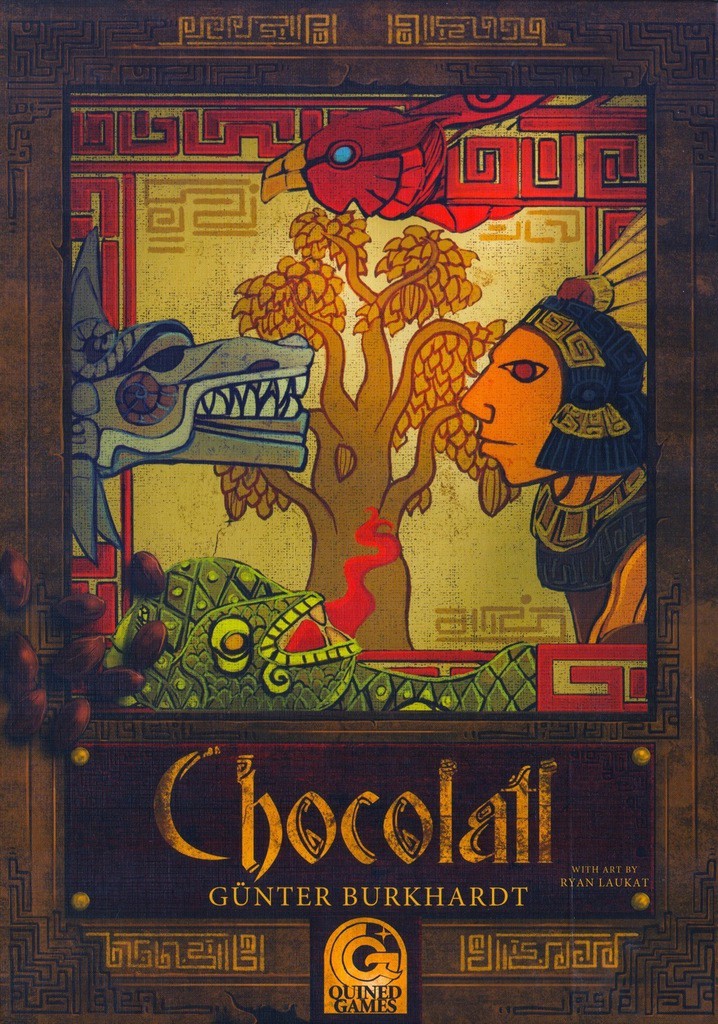
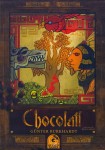
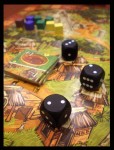
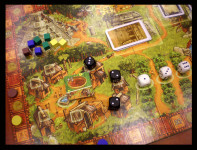
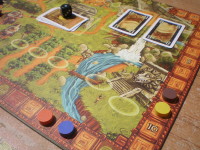

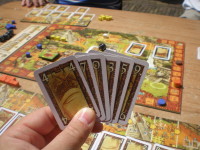



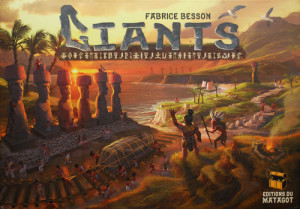
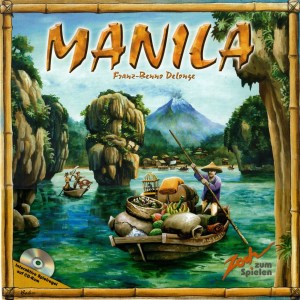
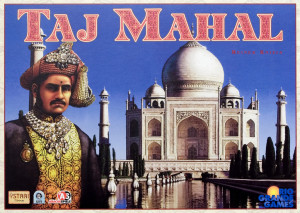
Sam says
Chocolatl is rather nice. Easy to play, for players who just like to bid. I love the artwork, and if the theme is wafer-thin, at least the game doesn't outstay it's welcome. Rather like an after-dinner mint....